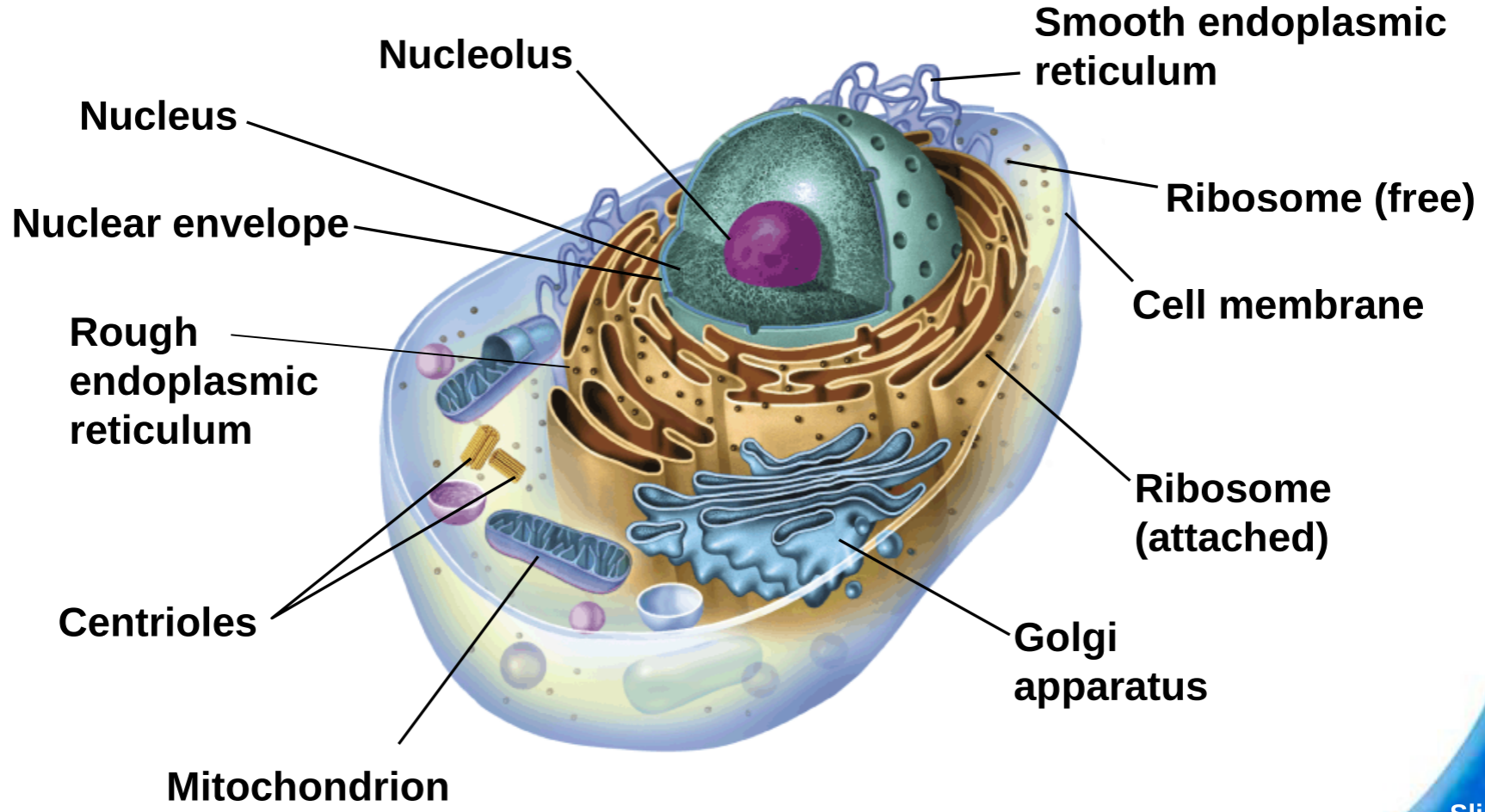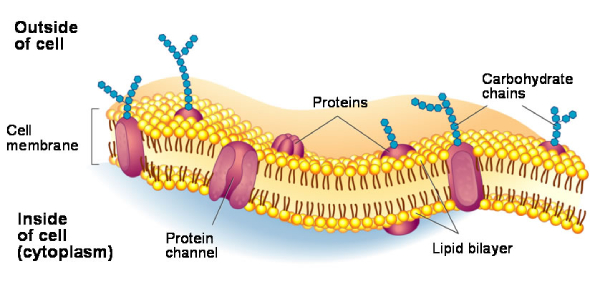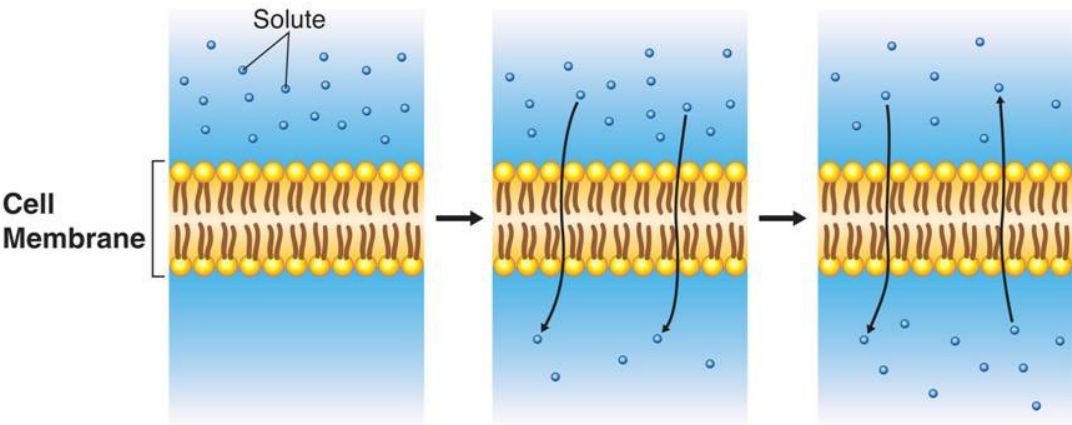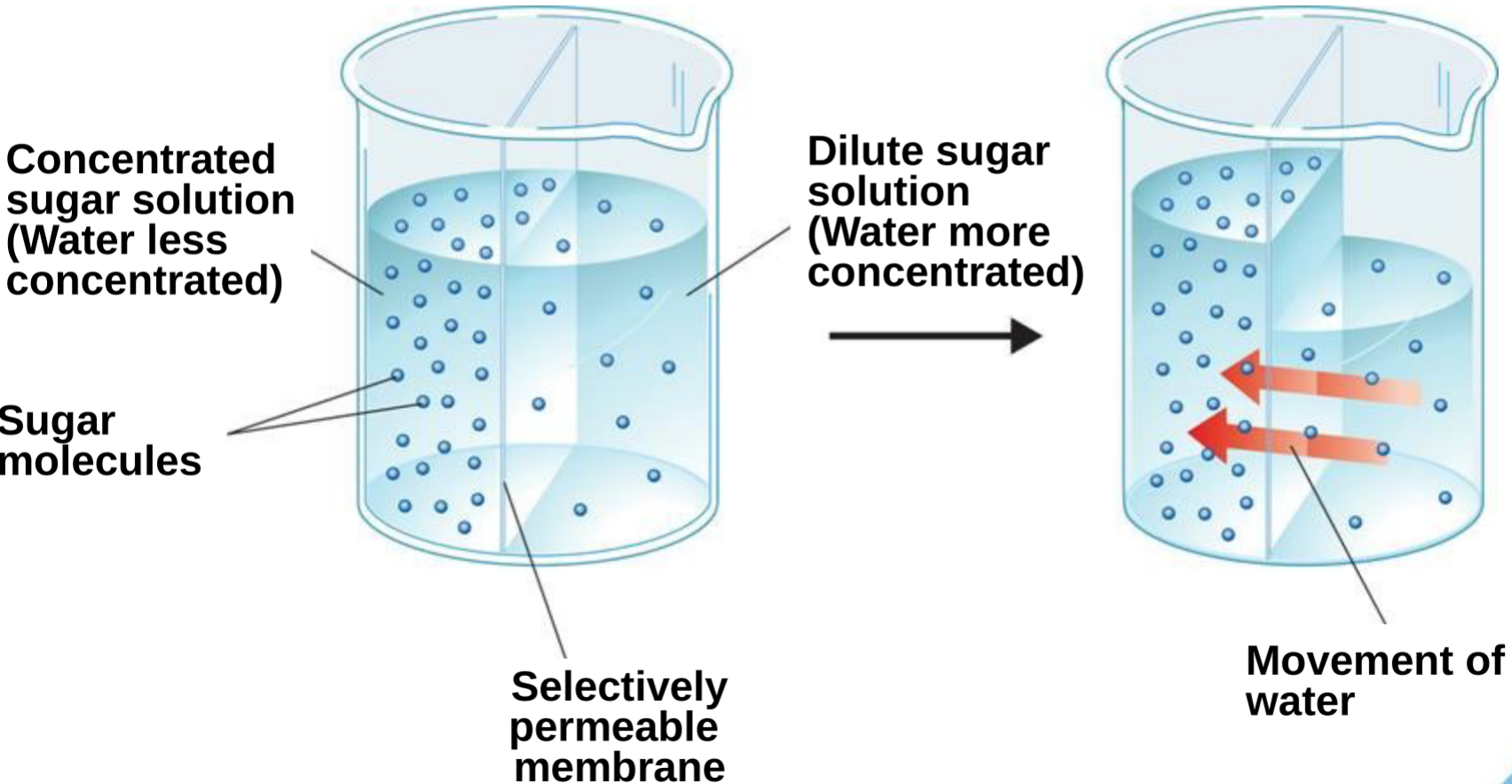Cells
Lesson 8.1
Study - New Technology allowed people to study the movement and structure of cells
Microscopes:
Electron microscopes reveal details 1000 times bigger than visible in light microscopes
Transmission electron microscopes are used to show cell structure and large protein molecules. Electrons go through and need to be cut into slices
Scanning electron microscopes create 3D images. Electrons bounce off of and do not have to be cut into small slices
Discovery of Cells
James Hooke coined the term “cell”
He was attempting to study cork
Antonie Van Leeuwenhoek observed microorganisms in pond water under a microscope
Matthias Scheider concluded that all plant tissue is made of cells and that cells are a basic unit of life
Theodore Schwann concluded that all animal tissue is made of cells
Properties of Cells/Cell Theory
All organisms consist of 1 or more cells
Cells are the basic unit of life and structure of all organisms
All cells come from preexisting cells
Prokaryotes + Eukaryotes:
Types of Cells Include:
Bacteria, plants, animals, fungi, protists
All Cells Include:
Cell Membrane
Cytoplasm
Ribosomes
DNA
Prokaryotes:
Genetic material not contained
No membrane-bound organelles
Smaller than eukaryotic cells
Bacteria
Eukaryotes:
DNA is stored in the nucleus
Long and complex
Contain dozens of structures and internal membranes
Highly specialized
Plants, animals, fungi, protists
- Eukaryotic Cell Structure
Eukaryotic Cell Structures:
Organelles: Preform cell functions
2 Parts: Nucleus + Cytoplasm
Cytoplasm is outside the nucleus
Plant Cell:

Animal Cell:

Lesson 8.2
Endomembrane System:
Nucleus - Holds instructions
Ribosomes - Build
ER - Shape
Golgi - Modify/Sort/Package
Vesicles - Ships
Nucleus:
Control center
Holds instructions for making proteins
Surrounded by 2 nuclear envelopes
Envelopes contain pores that only RNA can pass through
Granular material in the nucleus - Chromatin
Chromatin - made of RNA and protein
When a cell divides, chromatin condenses to become chromosomes. These contain genetic info
The nucleolus only holds info to make more ribosomes
Ribosomes:
Small particles of RNA and protein found freely throughout the cytoplasm
Create proteins in “Protein Synthesis”
Follow instructions from the nucleus and RNA
ER:
Rough ER (Part of protein synthesis) + Smooth ER (Not part of protein synthesis)
Ribsomones on Rough ER are found on the surface
Rough ER - Proteins are assembled on ribosomes
Smooth ER- Creates lipids and detoxifies drugs
Golgi Apparatus:
Proteins are moved from ER to Golgi
Modifies, Sorts, and Packages proteins
Sends to vesicles which send to their necessary location
Making Proteins:
Nucleus
Nuclear Pore
Ribosome
Protein
Rough ER
Golgi Body
Vesicle
Cell Membrane + to a new location
Lysosomes:
Small organelles filled with enzymes
Break down lipids, carbs, and proteins into things that can be used by the rest of the cell
Breaks down organelles that no longer have a use
“Trash/Recycle”
Vacuoles:
Saclike structures
Store water, salts, proteins, and carbs
Holds pigments + toxins as defense mechanisms
In plant cells - the central vacuole is filled with liquid that is used for photosynthesis + helps the plant stand upright
Unicellular Organisms - filled with water and have a pump to help from exploding
Mitochondria:
Convert energy from food into compounds that can be used more conveniently by the rest of the cell
Enclosed by 2 membranes
More folds = more surface area = more energy = more ATP
Choloplasts:
Capture energy from the sun and convert it into chemical energy
Photosynthesis
Surronded by 2 membranes
Contain chlorophyll
Cytoskeleton:
Gives eukaryotic cells their shape
A network of protein filaments
Also involved in cell movement
Microfilaments:
Thread-like structures made of the protein actin
Make extensive networks in cells
Make a tough, flexible framework that supports the cell
Helps move cells
Microtubules:
Hollow structures that are made up of the protein tubulins
Help maintain cell shape
Helps cells divide (mitosis+meosis)
Build projections from the cell surface that enable cells to swim rapidly through liquids
Centrioles are also formed from tubulins
These are located near the nucleus and help organize cell division
Cell boundires
All cells have a thin, flexible barrier known as the cell membrane
Plants, fungi, bacteria + some protist cells also produce a stronger layer known as a cell wall
The main function of the cell wall is to provide support and protection for the cell
No movement - extra padding
Also attacks bacteria
Lies outside the cell membrane
Porous enough to allow water, oxygen, carbon dioxide, and other substances to easily pass through
Cell Membrane
Regulates what enters and exits the cell
Provides support and protection for the cell

The composition of nearly all cell membranes is made of a double-layered sheet called a lipid bilayer
Gives a flexible structure that forms a barrier between a cell and its surroundings
Contains protein molecules embedded in the lipid bilayer, some of which have carb molecules attached to them
Diffusion Through Cell Boundaries
Every cell lives in a liquid environment
The cell membrane regulates the movement of diffusion from the liquid on one side of the membrane to another
Particles tend to move from areas of high concentration to low concentration
This is the process of diffusion
This will continue until a state of equilibrium is reached

Passive Transport
Depends upon random particle movements
Substances diffuse across membranes without using energy
This is called passive transport
Osmosis
Diffusion of water through a selectively permeable membrane
Water - solvent - what is doing the dissolving

Levels of Concentration
Water diffuses from areas of high to low concentration
More concentrated solution - Hypertonic
Area of high concentration
Water with more sugar present
Less concentrated solution - Hypotonic
Area of low concentration
Water with less sugar present
Water with equal parts sugar and water
Isotonic
Osmosis is only concerned with water and its’ levels
Particles never stop moving, as they must always work to maintain homeostasis
Osmotic Pressure
Occurs when water on the hypertonic side puts pressure on the membrane
The cell is almost always hypertonic to fresh water
If a cell has too much water, it is at risk of exploding or bursting (which leads to the death of the cell)
Cells in large organisms and with cell walls are much less likely to burst
Facilitated Diffusion
Membranes contain integral proteins that can assist in the movement of larger particles
The use of these proteins is called facilitated diffusion
Protein channels are specific to certain particles only
Ex. Glucose Transport - Only for glucose
Fast and Specific
Still considered diffusion
Only occurs from high to low concentration
Active Diffusion
Occurs when materials have to move from areas of low to high concentration
Against the concentration difference
Requires energy
Ex. Stuffing things into a closet
Molecular Transport
Small molecules are carried by proteins
Allows movement from low to high
Requires energy
Large Particle Transport
Occurs when particles are too large to be carried by proteins
Active transport
Endocytosis
Process of taking material into the cell by means of pockets of the cell membrane
A vacuole is formed around the material that works to bring it into the cell
This vacuole is from the cell membrane
Phagocytosis
The process of cytoplasm surrounding food
This is then engulfed by the cell
Requires energy
Collect
Pinch Off
Turns to Vesicle
Engulfed by Cell
Pinocytosis
The process of cytoplasm surrounding waste
This is then removed from the cell
Requires energy
Collect
Pinch Off
Turns to Vesicle
Released
Exocytosis
The release of waste from a cell
Cell membrane fuses with waste from inside the cell
Then removes it from the cell
Requires energy
Lesson 7.4 - Diversity of Cellular Life
Unicellular Organisms
Made of only 1 cell
Dominate life on Earth because so many of them can fit per any given space compared to multi
Includes: All bacteria cells, certain eukaryotic organisms (yeast + amebas)
Multicellular Organisms
Made of many cells
Great variety in these cells
Includes: All plant cells, all animal cells, most fungus cells, some protist cells
Specialized Animal Cells
Red blood cells transport oxygen
Cells in the pancreas produce a protein (endomembrane systems)
Muscle cells allow for movement
Specialized Plant Cells
Exchange carbon dioxide, oxygen, water vapor, and other gases through stomata
Guard cells surround the stomata and regulate the exchanges
Levels of Organization
Individual Cells - 1st level of organization
Tissues - Cells are grouped and create these
A group of similar cells that perform a particular function
Organ
Organ Systems
Organism
Ex. Muscle cell > Smooth muscle tissue > Stomach > Digestive System
Types of Tissue (Animals)
Muscle - Moves
Skin - Epithelial
Nervous - Neurons
Connective - Ligaments/Cartlidge
Organs (Animals)
Groups of tissues that work together to perform a specific function
Completes a series of specialized tasks
Work together to create organ systems
Nervous System
Circulatory System
Skeletal System
Digestive System